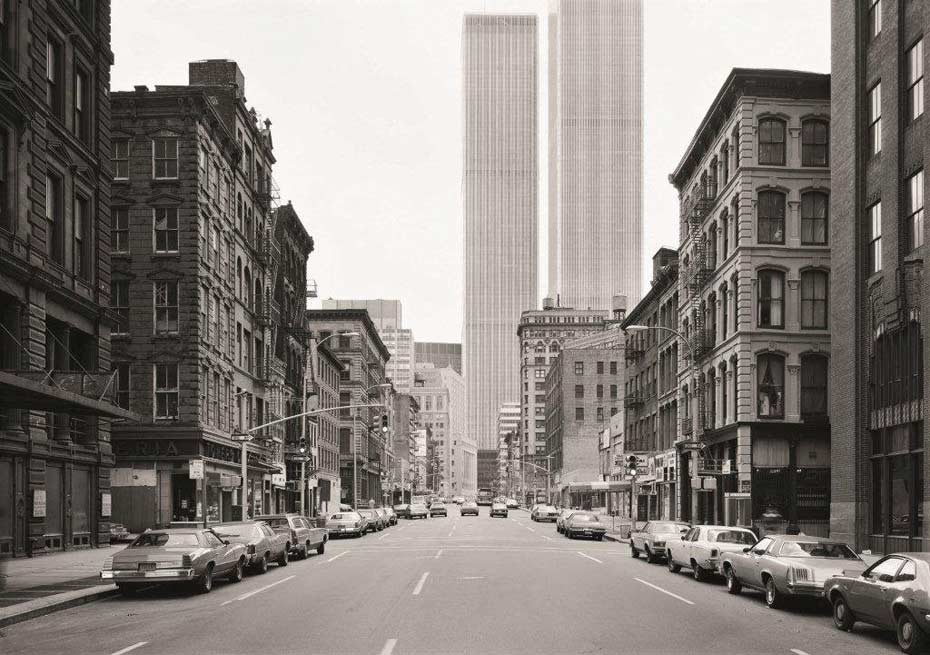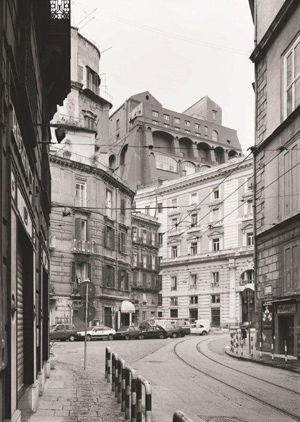Eleonora Usseglio Prinsi examines Thomas Struth’s photographic exhibition at Architectural Biennale tied to the theme Common Ground

Walking around the crowded rooms of the Arsenale in Venice, the indissoluble bond between photography and architecture is immediately apparent. In this case, the theme Common Ground applies to the urban environment of the cityscape. From the photographic documentary at the Norman Foster installation by Marina Gonzales and Andreas Gursky to Gabriele Basilico’s collaboration with Roger Diener, architects are rejecting 3D visualisations in favour of photography and video, in order to approach the problem of projecting a future ‘architectural reality’. Photographer Thomas Struth has been given four rooms around the Arsenale to explore the results of architectural research and experimentation on reality, with images that look at how people have come to colonise the spaces we’ve created. Through Struth’s photographs we are able to see how different urban environments have mutated over the last 30 years, with photographs spanning from the 1970s to 2010.
Influenced by his time spend at the Düsseldorf Art Academy, and the work of contemporaries Gerhart Richter and Bernd and Hilla Becher, the exhibition includes shoots from New York to Tokyo, an extraordinary collection of black and white photographs of Naples, and immense urban assemblage landscapes from around Asia. The “unconscious collective” represents a kind of energy generated from unexpected places around the city. Struth’s images are multilayered, mixing urban landscapes, street views and space appropriation by the public to show how buildings work in a living environment, change and develop through their inhabitants.
“Solid, sustainable growth occurs by addition rather than by erasure, and just as amnesia puts us out of touch psychologically, so erase-and-replace denies the weight and the lessons of collective experience”

A small selection of Struth’s work was published in the collection Thomas Struth: Unconscious Places 1977–2012, introduced by sociologist Richard Sennett. Many of these images have been displayed in exhibitions around the world, most recently for the UK at the Whitechapel Gallery in London in 2011. But it is perhaps the Architecture Biennale that offers the best stage for an exhibition of Struth’s work, which demonstrates most clearly the distance between what architecture aspires to be and what it becomes, empowering his point of view even more.
Sennett’s introduction collects interviews about Struth and his work with architects, urbanists and other artists. Responding to Struth’s photograph Vico dei Monti, Naples (1988), David Chipperfield, curator of the Venice Biennale says that he “believes that the palimpsest embodies accretion as a principle of growth in cities. As in the self and family life, so in cities: solid, sustainable growth occurs by addition rather than by erasure, and just as amnesia puts us out of touch psychologically, so erase-and-replace denies the weight and the lessons of collective experience.”
Chipperfield’s Biennale represents this spirit of collective experience; in his exhibition, he collects lessons from cities around the world, and is not afraid of showing, in some cases, where architecture has been defeated. From this defeat comes the inspiration for future challenges.
Thomas Struth: Unconscious Places 1977–2012, with an introduction by Richard Sennett is out now. 13th Architectural Biennale runs until 25 November




